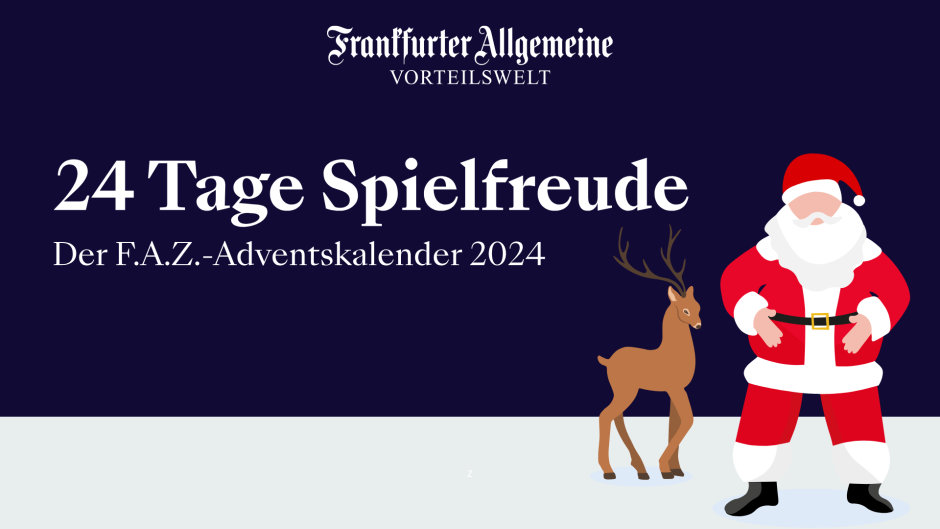In the competition for the title of the German capital of photography, Berlin and, more recently, Essen have also announced their claim for a while alongside Cologne and Düsseldorf. Hanover, on the other hand, has always held still, although one of the foundations for interest in artistic photography in this country was laid fifty years ago with the Spectrum photo gallery.
Founded by a small group around the photographer Heinrich Riebesehl as a non-commercial company, the voluntary association saw its task in the presentation of works as well as in the networking of photo artists, museums and the few galleries of the photo market that was only gradually emerging, including the similar one Galerie Wilde in Cologne, founded fifty years ago. It was a manageable scene where everyone knew everyone and most of the ideas and inspiration came from face-to-face meetings. It is all the more astonishing how quickly the gallery established itself internationally. The list of photographers exhibited at the time now reads like a who’s who.
How seriously the gallery and its work was taken in Hanover is demonstrated not least by its move in 1979 from a shop address to the newly built Sprengel Museum, where the association’s inventory found a home after its dissolution in 1991, first in the graphics department of the house and two years later in was managed in its own department under the curator Thomas Weski.
With almost a hundred invitation cards, the Sprengel Museum is now telling the story of the Spectrum Photo Gallery in a very pointed way for the anniversary. Anyone who studies post-war photography cannot help but look at it in awe. The variety of approaches is surprising, ranging from individual presentations from the first squad of photographers of the time to thematic exhibitions on “Generative Photography” or such milestones as “Aspects of American Color Photography” in 1980. Historical prints from the Lebeck Collection also provided an overview of the early days of the medium of space.

Spectrum photo gallery
:
From the Beginning – Fifty Years of Spectrum Photo Gallery
As an example of the gallery’s orientation, the Sprengel Museum is also presenting eighty works by fifteen photographers, including numerous finds, most of which are from its own collection. The wonderful cabinet exhibition makes every effort to do justice to the signature of the former curator Thomas Weski. His focus was primarily on artistically oriented documentary and street photography. The drastic portraits of Diane Arbus and complex car shots of Lee Friedlander now meet the sober cityscapes of Wilhelm Schürmann or the coal bunkers of the Becher couple. With openings into the surreal by André Gelpke or William Eggleston’s candy-colored shots from the American provinces, the presentation becomes a magnificent fast-forwarding of photography from the 1970s and 1980s. – Our illustration shows a photograph from Heinrich Riebesehl’s series “Menschen im Elevator”, the psychogram of the employees of a publishing house, which he secretly photographed in the course of one morning in November 1969.
From the Beginning – Fifty Years of Spectrum Photo Gallery, Sprengel Museum, Hanover; until January 8th.







